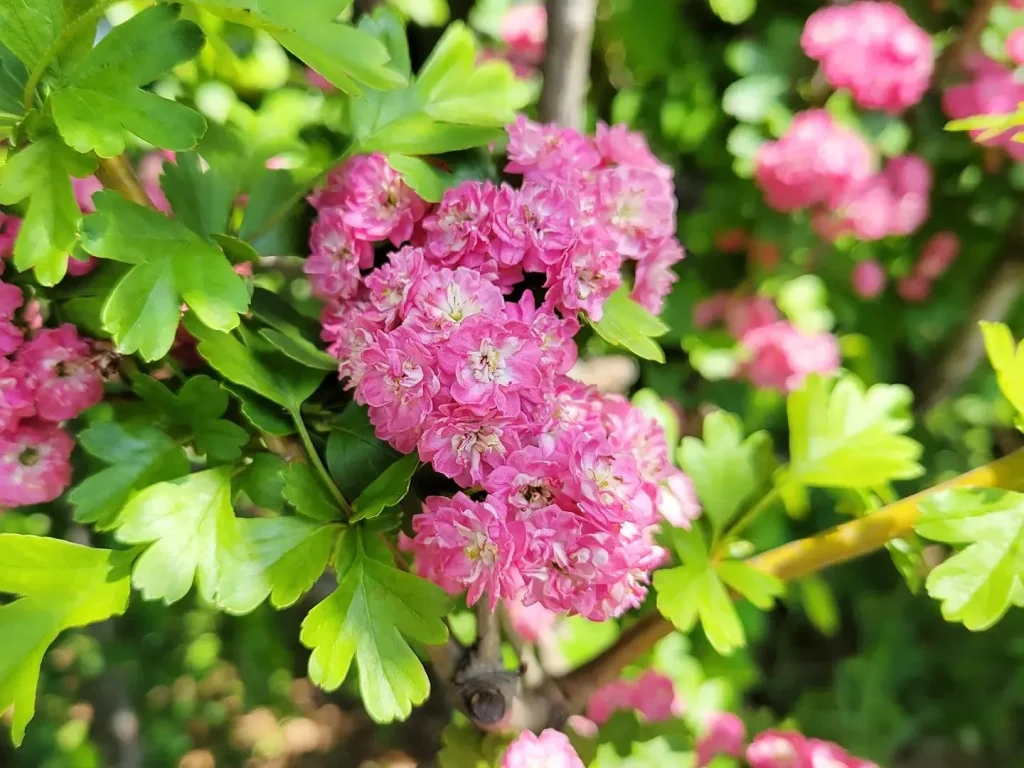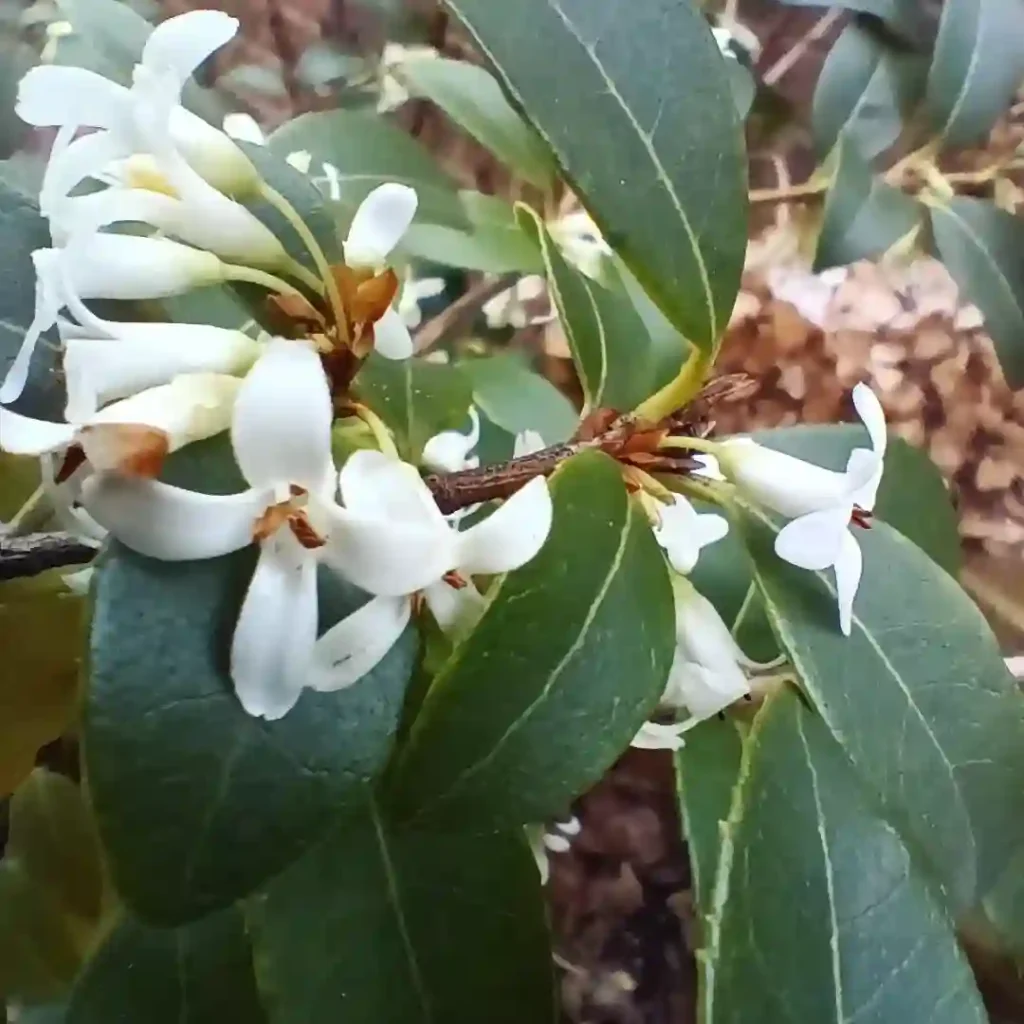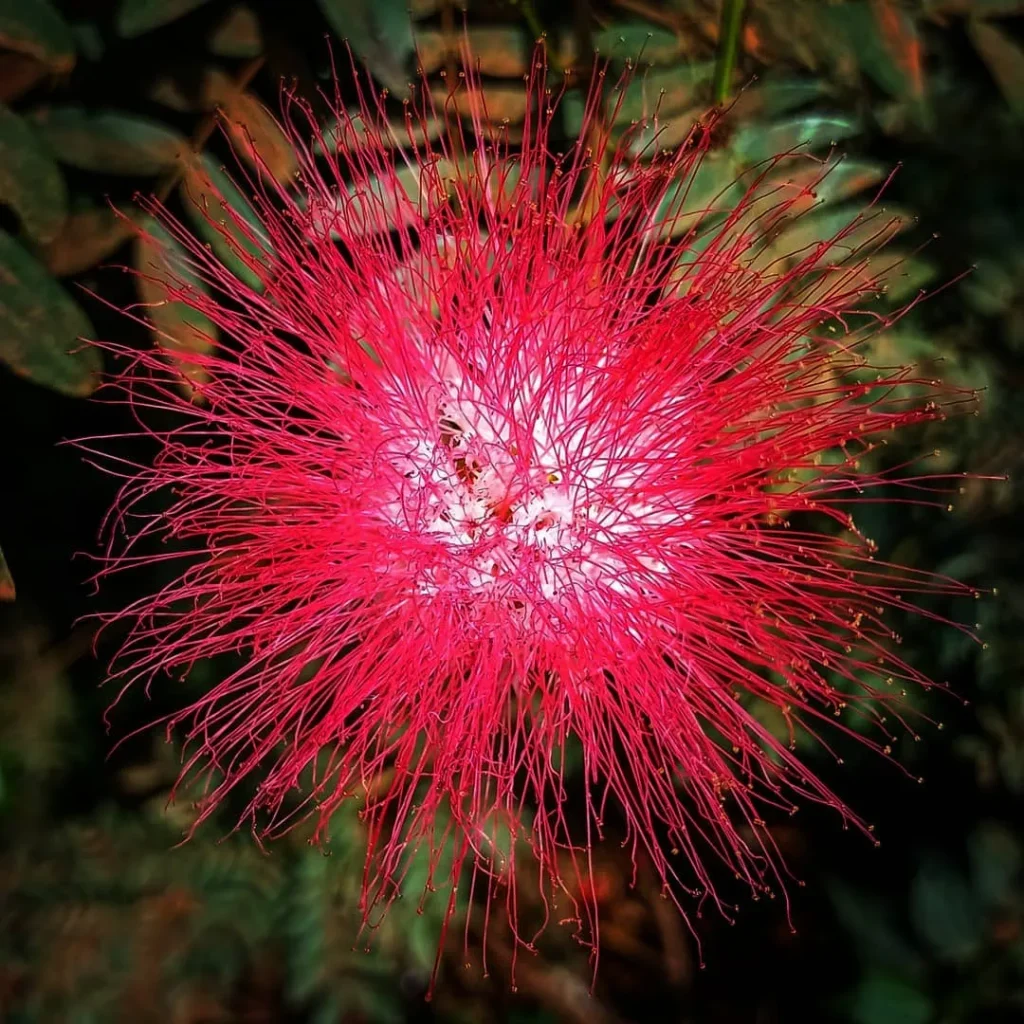Acacia Baileyana: FAQs and Essential Information
Acacia Baileyana, commonly known as Bailey Acacia or Cootamundra Wattle, is a plant that has fascinated many gardeners and plant enthusiasts. I’ve had my share of experiences with this beautiful species, and I’m excited to share insights and answer some of the most frequently asked questions about it.
1091 Species in Genus Acacia
What Type of Plant Is an Acacia Baileyana?
Acacia Baileyana is a deciduous shrub or small tree that belongs to the Acacia genus, part of the legume family (Fabaceae). It’s native to southeastern Australia and is renowned for its striking, fern-like foliage and bright yellow, fluffy flowers. The plant typically reaches heights of 10 to 20 feet, but it can occasionally grow taller under ideal conditions. It’s a hardy plant that can adapt to various soil types, making it a popular choice for gardens and landscaping.
How to Care for Acacia Baileyana?
Caring for Acacia Baileyana is relatively straightforward, though it does have some specific needs:
- Sunlight: It thrives in full sun but can tolerate partial shade. Ensure it gets at least 6 hours of direct sunlight per day for optimal growth.
- Soil: The plant prefers well-drained soil. While it can adapt to different soil types, it performs best in sandy or loamy soils. Avoid waterlogged conditions, as they can lead to root rot.
- Watering: Watering should be moderate. Once established, Acacia Baileyana is quite drought-tolerant. However, during dry spells, occasional deep watering will help maintain its health.
- Fertilizing: This plant doesn’t require heavy feeding. A balanced, slow-release fertilizer applied once a year in spring is usually sufficient.
- Pruning: Regular pruning helps maintain a tidy shape and promotes better flowering. Prune in late winter or early spring before new growth begins.
How to Propagate Acacia Baileyana?
Propagating Acacia Baileyana can be done through seeds or cuttings. Here’s a brief overview of each method:
- Seeds: Soak the seeds in hot water for about 24 hours before planting to help break their dormancy. Sow the seeds in a well-draining seed mix and keep them moist. Germination can take a few weeks, so patience is key.
- Cuttings: Take semi-hardwood cuttings in late summer or early fall. Dip the cut ends in rooting hormone and plant them in a well-draining potting mix. Keep the cuttings in a warm, humid environment until they develop roots.
What to Plant With Acacia Baileyana?
Acacia Baileyana pairs well with a variety of plants, creating a harmonious garden setting. Some good companions include:
- Lavender: The purple hues of lavender contrast beautifully with the bright yellow of Acacia Baileyana flowers.
- Rosemary: This herb complements the wattle’s foliage and adds a pleasant fragrance to your garden.
- Salvia: The vibrant colors and vertical growth habit of salvias work well with the spreading nature of Acacia Baileyana.
- Australian Native Plants: Other native species like Grevillea or Banksia can enhance a themed garden with similar climate requirements.
Can You Grow Acacia Baileyana Indoors?
Growing Acacia Baileyana indoors is challenging due to its size and light requirements. While it’s technically possible with adequate light and space, it’s generally better suited for outdoor gardens where it can flourish in full sun. If you do choose to grow it indoors, ensure it receives ample natural light and consider using grow lights.
Is Acacia Baileyana Toxic?
Acacia Baileyana is not considered toxic to humans or pets. However, as with any plant, it’s best to avoid ingestion and keep it out of reach of small children and pets to prevent any accidental issues.
Benefits of Acacia Baileyana
Acacia Baileyana offers several benefits:
- Ornamental Appeal: Its delicate foliage and bright flowers add beauty and a touch of exotic charm to gardens.
- Wildlife Friendly: The flowers attract bees and other pollinators, making it a valuable addition to a wildlife garden.
- Drought Tolerance: Once established, this plant is drought-tolerant, making it suitable for low-water gardens.
Common Problems with Acacia Baileyana
- Pests: Watch out for aphids and spider mites, which can occasionally infest the plant. Regular inspection and prompt treatment can help manage these issues.
- Diseases: Root rot can occur in poorly-drained soils. Ensure proper drainage to prevent this problem.
- Leaf Drop: Occasional leaf drop might occur, particularly if the plant is stressed or overwatered.
How Does Acacia Baileyana Compare with Similar Plants?
Comparing Acacia Baileyana with similar species like Acacia dealbata (Mimosa) reveals a few differences:
- Acacia dealbata: Known for its more intense fragrance and slightly larger flowers, it’s also a vigorous grower compared to Acacia Baileyana.
- Acacia melanoxylon (Blackwood Acacia): This species has a more robust growth habit and is often used for timber, whereas Acacia Baileyana is more decorative.
In summary, Acacia Baileyana is a versatile and attractive plant that can enhance many garden settings. By understanding its care requirements and characteristics, you can enjoy its beauty and benefits while minimizing potential issues.
If i die, water my plants!



